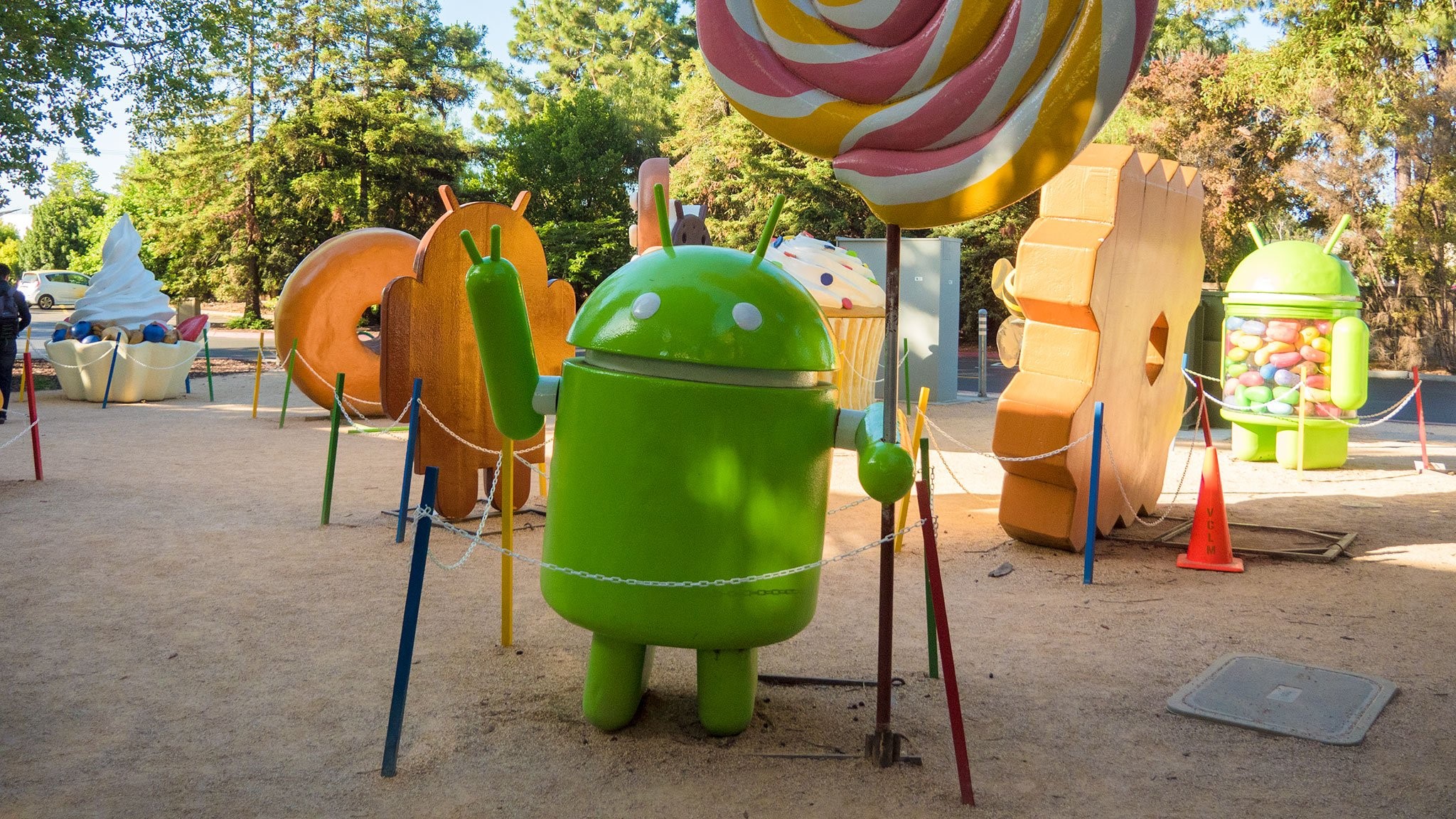Samsung Galaxy S25 Ultra vs. OnePlus 13: A battle of big, powerful Android phones
Samsung and OnePlus' 2025 flagships are finally here.
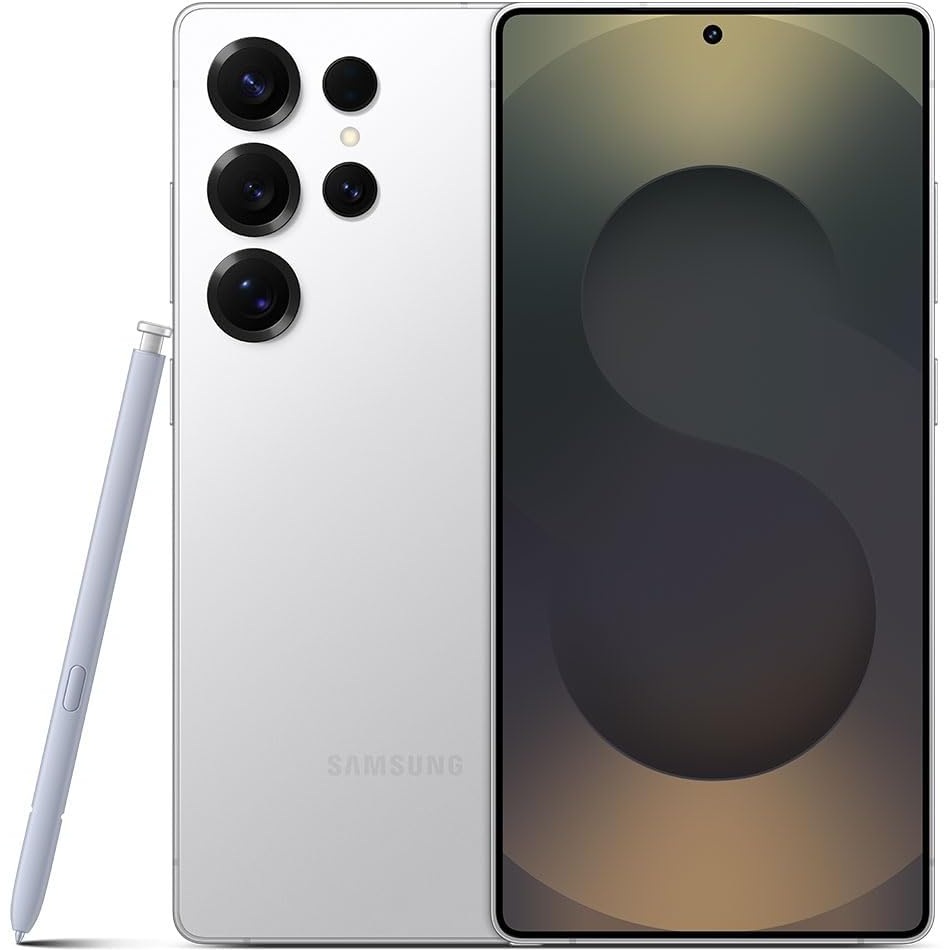
Samsung's high-end flagship
The Samsung Galaxy S25 Ultra features a 6.9-inch screen and a slightly curvier design language. It still packs "Ultra" staples, including an inbuilt S Pen. There's also an overclocked Snapdragon 8 Elite for Galaxy chipset and plenty of Galaxy AI features. However, all that comes at a high price.
For
- Snapdragon 8 Elite for Galaxy could be more powerful than standard chip
- New design language and larger screen should make viewing and holding the phone easier
- New Galaxy AI features and integrated AI agents
- One UI 7 based on Android 15 is included
Against
- S Pen no longer uses Bluetooth Low Energy
- No official Qi2 support
- High price point compared to other options, like the OnePlus 13
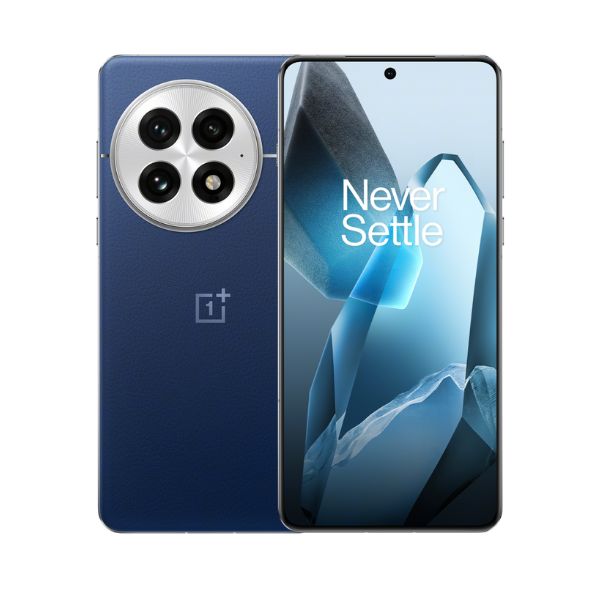
The best OnePlus phone yet
The OnePlus 13 is a near-perfect flagship phone, earning a 5/5 score in our review. That's because it has a powerful Snapdragon 8 Elite chip, a mostly-flat 6.82-inch screen, and a 6,000mAh battery. Costing a few hundred dollars less than the Galaxy S25 Ultra, the OnePlus 13 is a bang-for-your-buck option.
For
- Qualcomm's Snapdragon 8 Elite chip is the most powerful Android mobile processor to date
- Refined design with attractive chassis and mostly-flat screen
- New camera system with Sony main sensor
- Compelling $900 price point that undercuts most flagships
Against
- Only 3x optical zoom from telephoto lens
- No stylus support
- Fewer AI features than the Galaxy S25 Ultra
- Unavailable from U.S. carriers
Following months of rumors and leaks, both the Samsung Galaxy S25 Ultra and the OnePlus 13 are officially available for purchase. These two smartphones will be the flagships to beat in 2025, despite the cost disparity between them. The Galaxy S25 Ultra is arguably the more well-rounded and versatile pick, packing an S Pen and more cameras. But the OnePlus 13 is undoubtedly the better value, providing a Snapdragon 8 Elite device for under $1,000.
So, which one is best for you? Even though the Galaxy S25 Ultra and the OnePlus 13 are both some of the best Android phones you can buy, there seems to be a clear answer this year. To find out everything there is to know about these two phones and discover which one should be your next smartphone, read on.
Samsung Galaxy S25 Ultra vs. OnePlus 13: Pricing and availability
Why you can trust Android Central
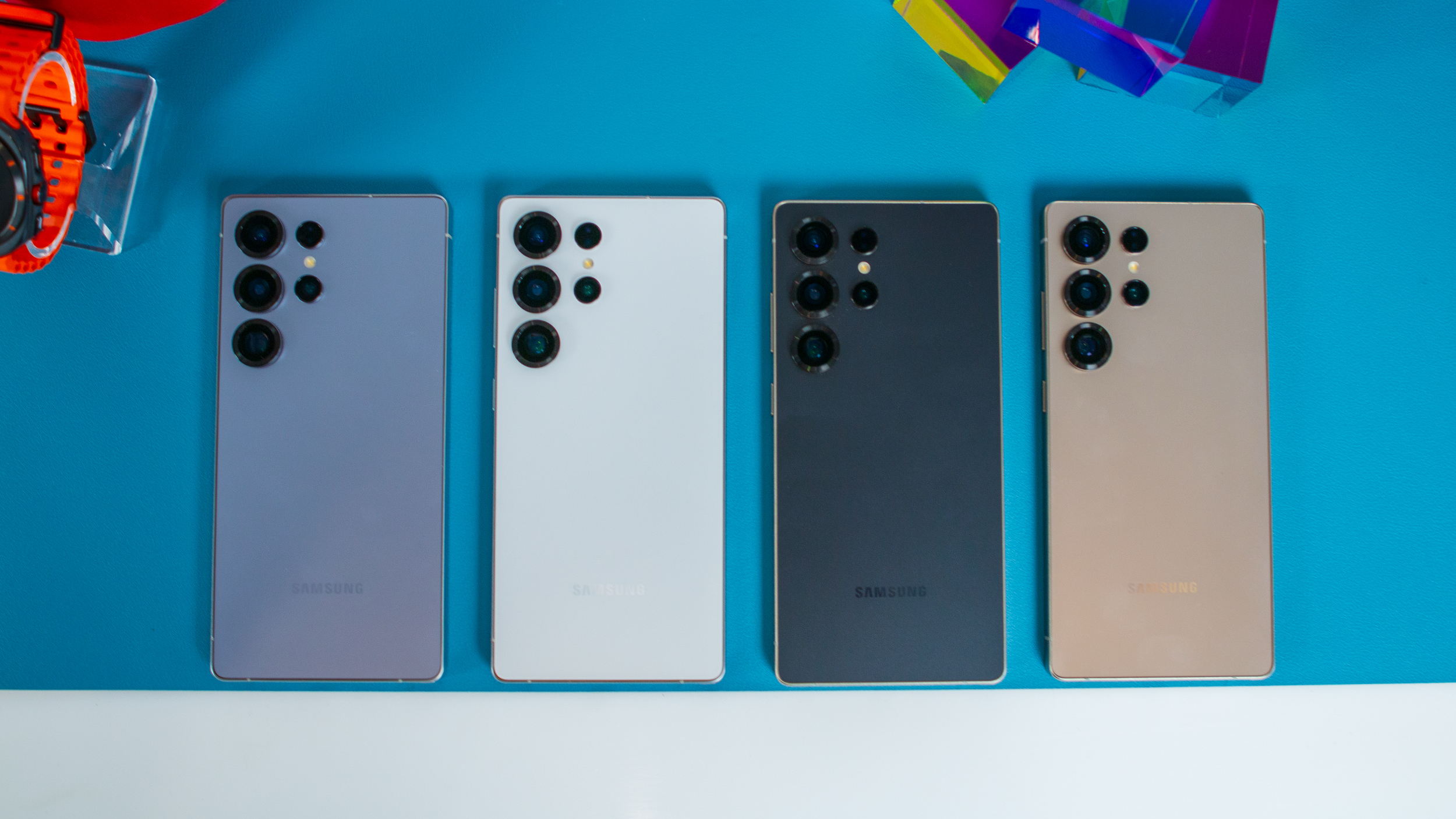
The Samsung Galaxy S25 Ultra was officially revealed at a Galaxy Unpacked event on Jan. 22, 2025. Surprisingly, all three Galaxy S25 models maintain the same pricing as the Galaxy S24 series. That means the Samsung Galaxy S25 Ultra starts at $1,299 for the 256GB variant. You can upgrade it to 512GB or 1TB for an additional fee and can choose from Titan Black, Titan Gray, Titan Silverblue, or Titan Whitesilver colorways.
Meanwhile, the OnePlus 13 debuted globally in early January 2025. Although it costs more than the OnePlus 12, its $899.99 starting price is still well below the Galaxy S25 Ultra's MSRP. The phone can be configured with either 12GB, 16GB, or 24GB RAM and up to 1TB of storage for an additional fee. It's available in white, blue, and black colorways.
Samsung Galaxy S25 Ultra vs. OnePlus 13: Design and display
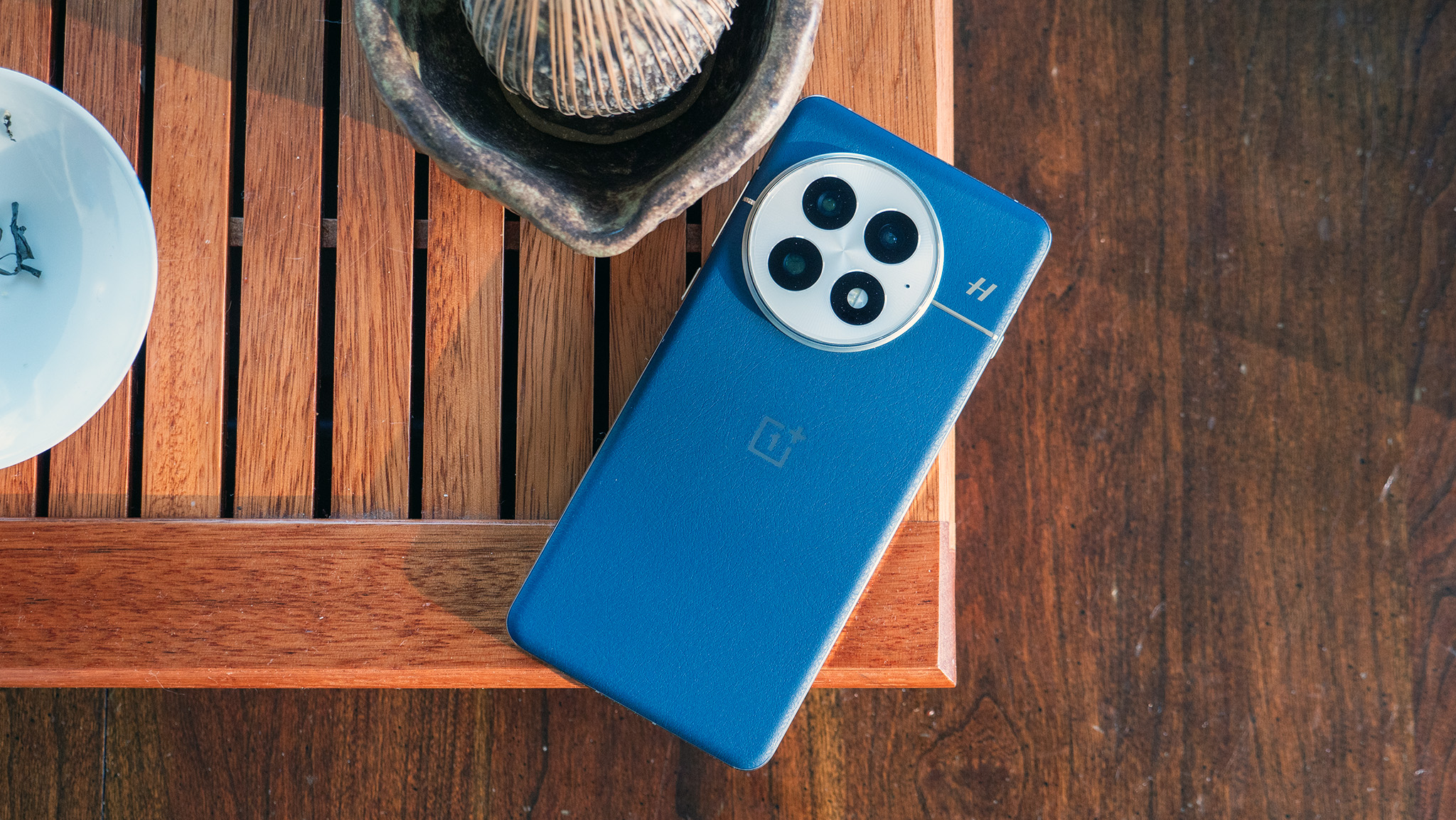
Both the OnePlus 13 and the Galaxy S25 Ultra were significantly redesigned this year, even if that isn't obvious at a glance. The OnePlus 13 conforms with the new industry trends of rectangular, boxy phones — mostly ditching the curved display that characterized its recent flagships. However, some OnePlus staples are certainly still here, like the polarizing camera bump and handy alert slider.
Samsung did the opposite with the Samsung Galaxy S25 Ultra. It's now slightly curvier, taking cues from the design language of the standard Galaxy S25 models. The rounded corners and chamfered edges should make it easier to hold the Galaxy S25 Ultra in the hand. While the screen is bigger, the overall footprint isn't. That's because Samsung slimmed the Galaxy S25 Ultra bezels by 15% to accommodate a more favorable screen-to-body ratio.
To that end, the Galaxy S25 Ultra is thinner than the OnePlus 13, measuring 162.8 x 77.6 x 8.2 mm. At 218 grams, the Galaxy S25 Ultra is a bit heavier than the 210 or 213-gram OnePlus 13. The 162.9 x 76.5 x 8.5 mm or 8.9 mm dimensions of the OnePlus 13 are quite similar to that of the Galaxy S25 Ultra, for what it's worth.
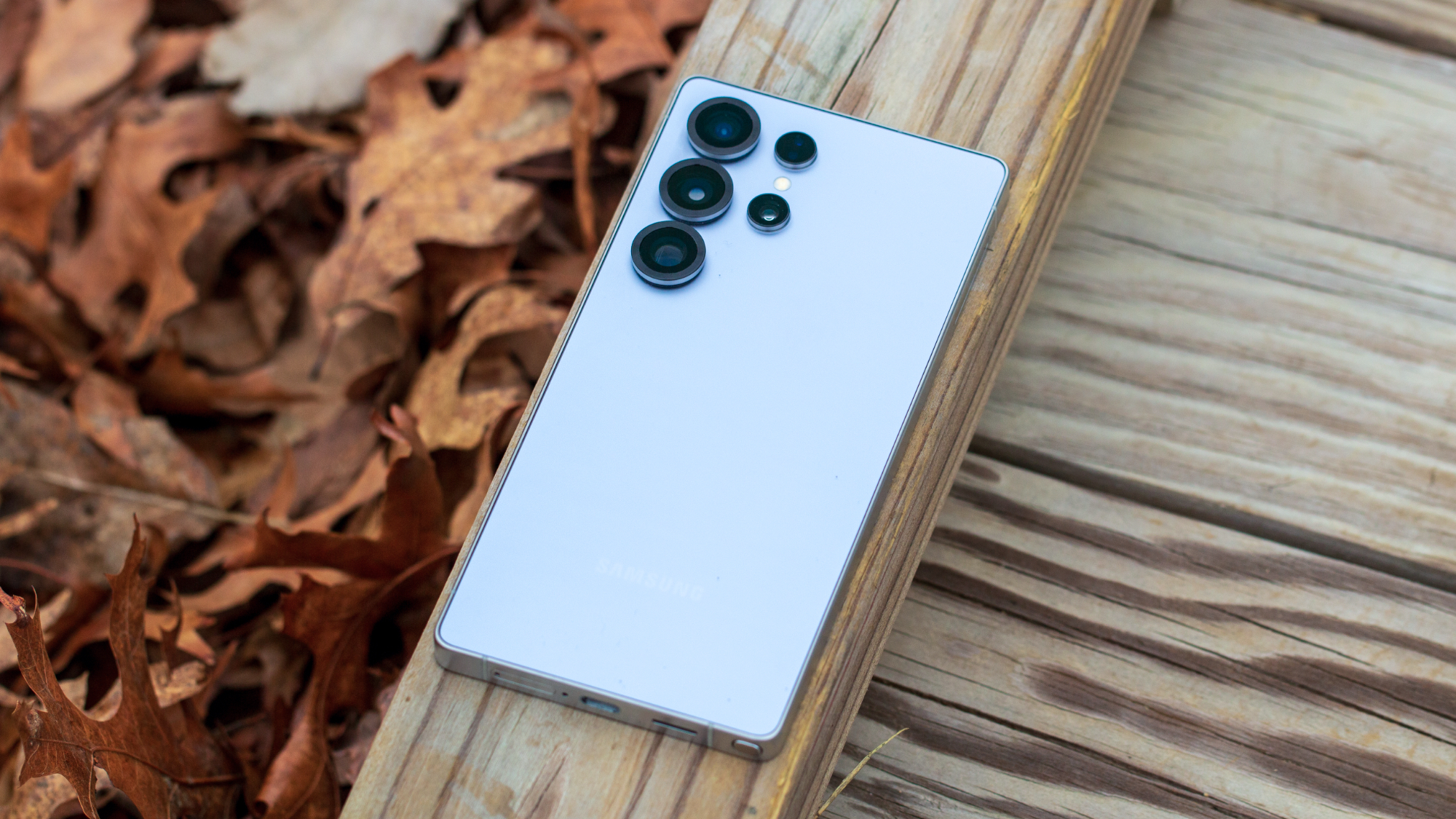
The Galaxy S25 Ultra has a bigger, 6.9-inch AMOLED display with 120Hz variable refresh rate support. It also works with the inbuilt S Pen, albeit without Bluetooth Low Energy this time around. There are the aforementioned slim bezels, plus a hole-punch cutout for the 12MP front-facing camera.
By comparison, the OnePlus 13 features a 6.82-inch AMOLED screen with 120Hz variable refresh rate support. It's also capable of 4,500 nits of peak brightness, which will help with outdoor viewing. The OnePlus 13 uses the company's "Ceramic Guard" glass, while the Galaxy S25 Ultra uses a new version of Gorilla Armor.
The OnePlus 13 is technically more durable than the Galaxy S25 Ultra, since it features both IP68 and IP69 protection against dust and water ingress. This enables flashy marketing stunts, like sticking the OnePlus 13 in a dishwasher, but IP68 will probably be enough for daily use.
Samsung Galaxy S25 Ultra vs. OnePlus 13: Performance and hardware
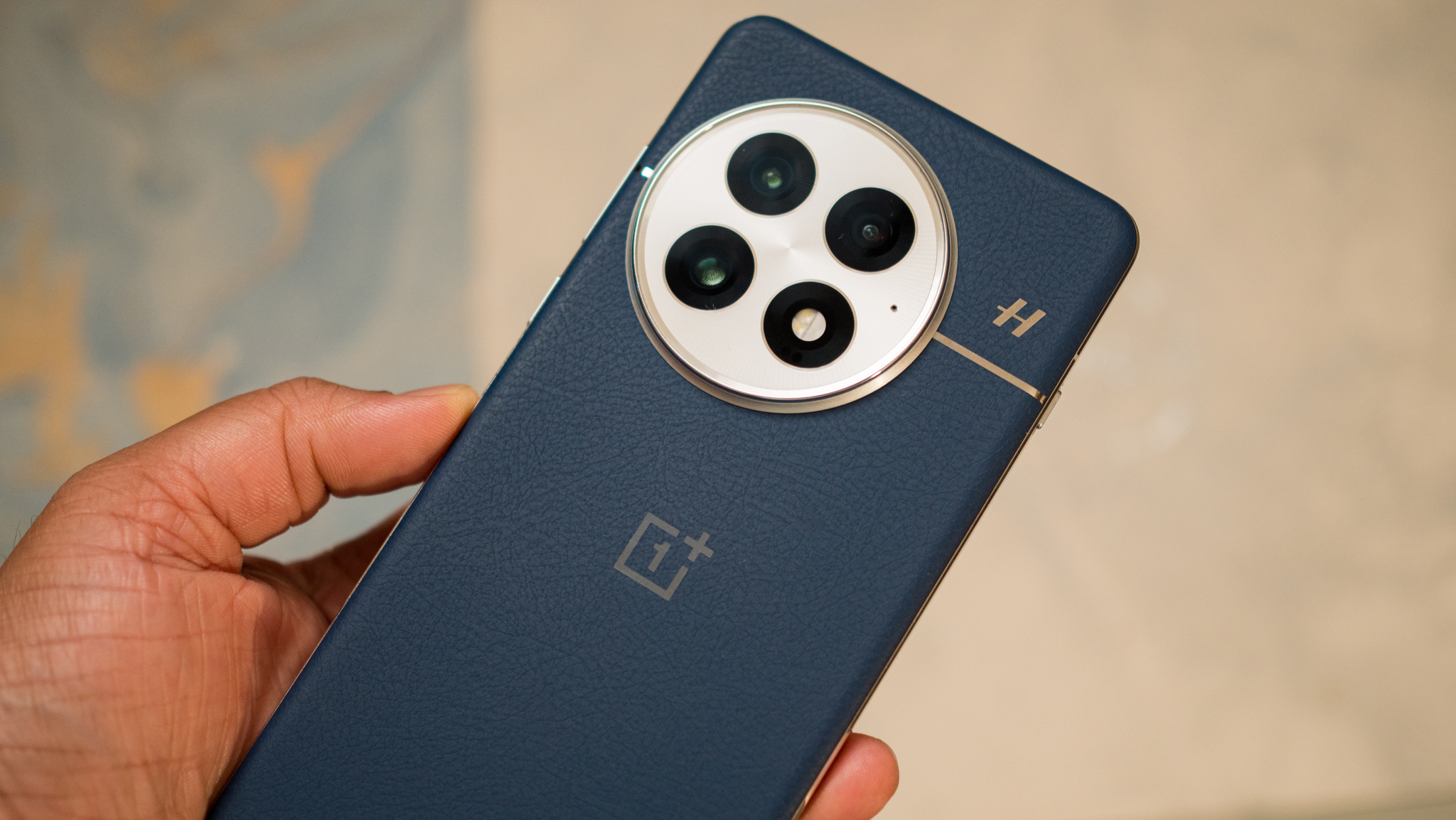
Both the OnePlus 13 and the Galaxy S25 Ultra have Snapdragon 8 Elite processors on the inside, but they're not equal. The OnePlus 13 uses the stock Snapdragon 8 Elite processor from Qualcomm, while Samsung is using a custom Snapdragon 8 Elite for Galaxy variant. The two chips use Qualcomm's custom Oryon cores, which were first designed for the company's Snapdragon X family of laptop chips.
However, unlike in the past, this isn't just an overclocked version of the Snapdragon 8 Elite system-on-a-chip. Samsung says this is the first time it co-designed a custom application processor with Qualcomm. This could help the Galaxy S25 Ultra outperform the OnePlus 13 and be more efficient despite having less RAM and battery capacity. The Galaxy S25 Ultra also sports a 40% larger vapor chamber than last year, which should help keep the beastly Snapdragon 8 Elite for Galaxy chip under control in terms of thermals.
Still, it's worth emphasizing that the OnePlus 13 and its standard Snapdragon 8 Elite chip will still be a top performer, and the included NPU enables on-device AI features. In fact, in our six-phone test, the Galaxy S25 Ultra didn't beat other Snapdragon 8 Elite phones in benchmarks and stress tests.
Category | Samsung Galaxy S25 Ultra | OnePlus 13 |
|---|---|---|
Processor | Qualcomm Snapdragon 8 Elite for Galaxy | Qualcomm Snapdragon 8 Elite |
Display | 6.9-inch AMOLED 2X, 120Hz Adaptive Refresh Rate | 6.82-inch AMOLED, 120Hz, 4,500 nits peak brightness |
Memory | 12GB | 12GB, 16GB, or 24GB |
Storage | 256GB, 512GB, 1TB | Up to 1TB (UFS 4.0) |
Battery | 5,000mAh | 6,000mAh |
Charging | Super Fast Charging 2.0 (45W), Fast Wireless Charging 2.0, Wireless PowerShare | 100W wired (80W in NA), 50W wireless, 10W reverse wireless, 5W reverse wired |
Operating System | One UI 7 (Android 15) | OxygenOS 15 (Android 15) |
Rear cameras | 200MP Wide AF OIS main, 50MP Wide AF OIS ultrawide, 10MP telephoto (3x optical zoom) AF OIS, 50MP telephoto (5x optical zoom) AF OIS | 50MP, f/1.6 main; 50MP, f/2.2 ultrawide; 50 MP, f/2.6 periscope telephoto (3x optical zoom) |
Front camera | 12MP, wide hole-punch camera | 32 MP, f/2.4 wide hole-punch camera |
Connectivity | 5G (sub6, mmW), Wi-Fi 7, UWB | Wi-Fi 7 802.11 a/b/g/n/ac/6/7, Bluetooth 5.4, 5G, NFC |
Dimensions | 162.8 x 77.6 x 8.2 mm | 162.9 x 76.5 x 8.5 mm or 8.9 mm |
Weight | 218g | 210 or 213 g |
IP rating | IP68 | IP68/IP69 |
Colors | Titan Black, Titan Gray, Titan Silverblue, Titan Whitesilver | Black, Blue, White |
Camera hardware is another reason to buy a top-tier flagship like the OnePlus 13 or Galaxy S25 Ultra. The latter is still headlined by a 200MP main camera sensor, and it's paired with a brand-new 50MP ultrawide lens. There are also two telephoto cameras: a 10MP, 3x zoom lens and a 50MP, 5x zoom lens. This rear camera system helps the Galaxy S25 Ultra take high-quality zoom shots and shoot Log Video at up to 4K 120FPS.
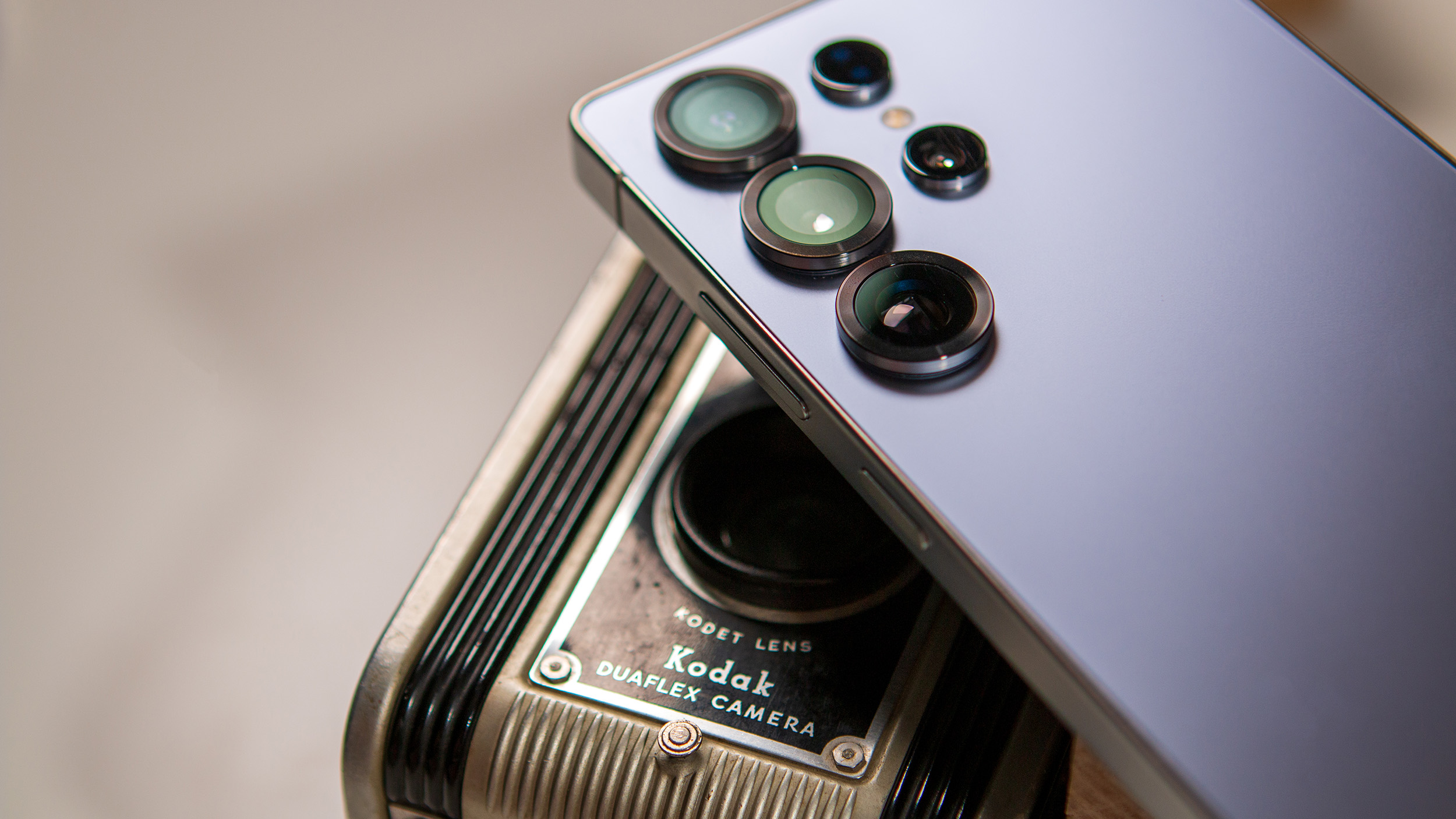
Meanwhile, the OnePlus 13 falls short in optical zoom quality. It has a 50MP f/2.4 periscope telephoto lens, but it can only do 3x optical zoom. The phone's other rear cameras are great, with a 50MP f/1.6 main sensor and a 50MP f/2.2 ultrawide lens.
In terms of battery capacity, the OnePlus 13 has the edge. It has a 6,000mAh battery, whereas the Galaxy S25 Ultra has a 5,000mAh capacity. In real-world testing, the OnePlus 13 provided excellent battery life, and could be quickly topped up in roughly 15 minutes with the included fast charger. Meanwhile, our Galaxy S25 Ultra reviewer found that the phone always lasted a full day — sometimes till the next morning.
So, you won't need to pick one or the other for the battery life, but you may need to factor charging speeds into your decision.
Samsung Galaxy S25 Ultra vs. OnePlus 13: Software
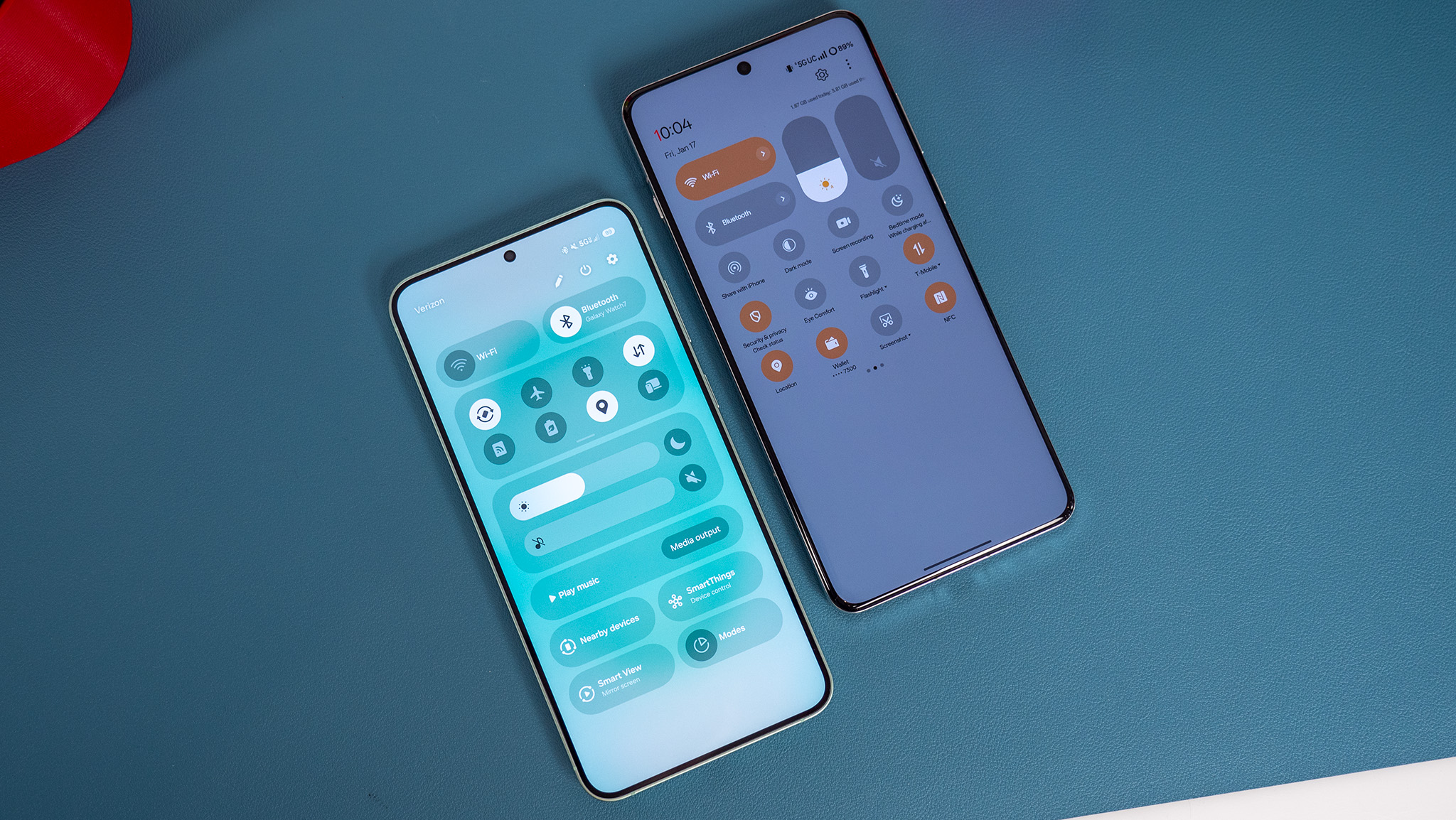
Software is the area that will make or break these phones. Some people really don't like OxygenOS 15, which is OnePlus' Android skin based on Android 15. Or, others prioritize custom, on-device AI features. If you fit into either of those groups, you'll likely prefer the Galaxy S25 Ultra with One UI 7 to the OnePlus 13 with OxygenOS 15.
Samsung is taking a big leap with AI on the Galaxy S25 Ultra. It's adding AI Agents that'll help take actions on your behalf, plus an integrated AI platform with cross-app support. It can complete multiple actions based on a single command across multiple apps, like Google apps, Samsung apps, or third-party apps like Spotify or WhatsApp. That's in addition to other new Galaxy AI features, an enhanced Circle to Search experience, and more Gemini functionality.
The OnePlus 13, by comparison, doesn't have nearly as many AI features. It'll also receive fewer years of software support — the OnePlus 13 will only get four years of OS upgrades. That's paltry compared to the seven years of support offered by Samsung.
Samsung Galaxy S25 Ultra vs. OnePlus 13: Which should you buy?
The OnePlus 13 and the Samsung Galaxy S25 Ultra are both excellent smartphones, but it's clear the OnePlus 13 is the best value. You get a Snapdragon 8 Elite chip, a big battery, and a premium design for under $1,000. That's hard to beat, even with the software compromises.
However, there's still a case for buying the Galaxy S25 Ultra. For about $400 more, the Galaxy S25 Ultra nets you a bigger screen with S Pen support, an overclocked Snapdragon 8 Elite chipset, and better optical zoom. If you want the absolute best mobile hardware, it's still hard to say no to the Galaxy S25 Ultra.
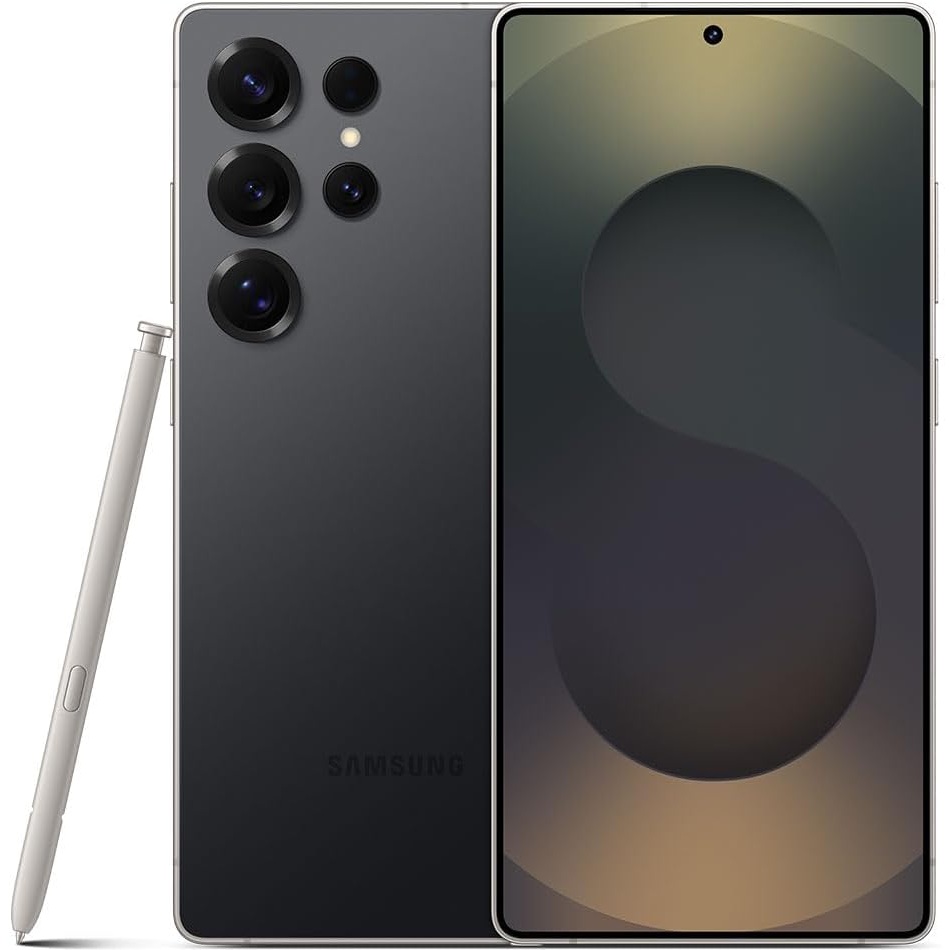
Samsung's high-end flagship
The Samsung Galaxy S25 Ultra features a 6.9-inch screen and a slightly curvier design language. It still packs "Ultra" staples, including an inbuilt S Pen. There's also an overclocked Snapdragon 8 Elite for Galaxy chipset and plenty of Galaxy AI features. However, all that comes at a high price.
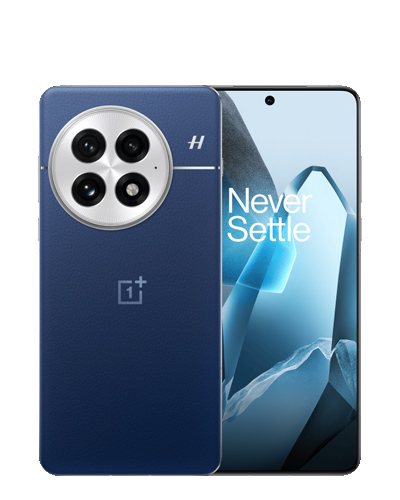
The best OnePlus phone yet
The OnePlus 13 is a near-perfect flagship phone, earning a 5/5 score in our review. That's because it has a powerful Snapdragon 8 Elite chip, a mostly-flat 6.82-inch screen, and a 6,000mAh battery. Costing a few hundred dollars less than the Galaxy S25 Ultra, the OnePlus 13 is a bang-for-your-buck option.
Be an expert in 5 minutes
Get the latest news from Android Central, your trusted companion in the world of Android

Brady is a tech journalist for Android Central, with a focus on news, phones, tablets, audio, wearables, and software. He has spent the last three years reporting and commenting on all things related to consumer technology for various publications. Brady graduated from St. John's University with a bachelor's degree in journalism. His work has been published in XDA, Android Police, Tech Advisor, iMore, Screen Rant, and Android Headlines. When he isn't experimenting with the latest tech, you can find Brady running or watching Big East basketball.
